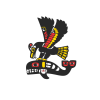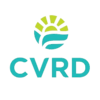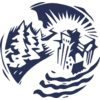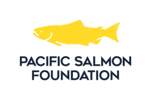Twinned Watersheds Project
The Koksilah and Chemainus Rivers, on Eastern Vancouver Island, BC, have been similarly and severely impacted by climate change and land use. In both rivers, low summer water flows and degraded stream habitats are a threat to salmon and salmon communities, including the indigenous people who have lived in balance with salmon in these watersheds since time immemorial.
The Twinned Watersheds Project, co-lead by Cowichan Watershed Board, Cowichan Tribes and Halalt First Nation, is an innovative and efficient way of sharing resources to give decision-makers the best information possible to turn this situation around.
The first phase of this unique partnership began in 2021 with local field crews gathering previously unavailable data about water flows, fish habitat, and riverbank ecology. Experts then analyzed this data to understand the relationships between these elements and presented their findings to decision-makers and government staff. Click on the icons to read more about the project sections: EFlows and Fish Habitats, Riparian Plants, Indigenous Flow, and the Big Dancing Fish! (Interviews and happy dances with watershed stewards.)
Over the next two years, the Twinned Watersheds Project will continue under the leadership of Cowichan Tribes and Halalt First Nation to also assess how many salmon are currently dependent on these river habitats.
Latest Posts
Video: Chinook Shimmy!
Cowichan Watershed Board’s new Stth’aqwi’ (chinook) salmon mascot can’t help but shimmy when she meets friends working to improve watershed health. And it seems we can’t resist either! It feels good to do good. Go Stth’aqwi’ go!
Video: Compilation Roving River Reporters 2021
This is a snapshot of some of the people our Roving River Reporter outreach crew met during the summer of 2021. See interviews with them all on this YouTube Channel, or search #BigDancingFish for social media.
Video: Biologist Cheri Ayers describes the Koksilah-Chemainus "Twinned Watersheds" Project
Cheri Ayers is a local fish biologist who grew up on the Koksilah River, and is now serving as the Fish Habitat and Flows Assessment Project Manager for the Twinned Watersheds project. She describes this important partnership effort to better understand climate and other impacts on fish habitats in the Koksilah and Chemainus Rivers so…
Video: Interview with Elodie Roger about Riparian Zones
Elodie tells us about the ‘terrestrial’ or land part of riparian ecosystems that are also important for fish habitat, and her work with the Twinned Watersheds Project in the Koksilah and Chemainus Rivers, 2021.
Video: Salmon Mascot meets Plant People - Koksilah River
The Cowichan Watershed Board’s new Stth’aqwi’ (Chinook) salmon mascot will be visiting field scientists, planting crews, artists, and other watershed stewards throughout the summer to learn what they are doing and why it might give a wild fish hope for its future! Here is a little clip from Stth’aqwi’s first encounter with the Twinned Watersheds…
Project Documents
The Cowichan Watershed Board, Cowichan Tribes, and Halalt First Nation undertook field work in 2021 as the first year in a multi-year “Twinned Watersheds” project in the Chemainus and Koksilah Rivers on eastern Vancouver Island, where river flows now frequently fall too low to support the needs of salmon. This phase of the project gathered…
TWO RIVERS, BOTH IN PERIL. The Koksilah and Chemainus Rivers, on Eastern Vancouver Island, BC, have been similarly and severely impacted by climate change and land use. Low summer water flows and degraded stream habitats are a threat to salmon and salmon communities. The Twinned Watersheds Project is an innovative and efficient way of sharing…
Water holds a prominent place in culture, science, policy, community values and recreational pursuits. Yet, it remains undervalued in comparison to the role that it plays in society and in the cycle of life in the Cowichan Valley, British Columbia. To explore the importance of water in the Xwulqw’selu Sto’lo (Koksilah River), an Environmental Flow…
Over the past number of years water has been elevated to the centre of planning, resource management, and policy discussions. First Nations often refer to water as the life–giving force, as sacred, and as essential for all life. Similarly, western science has described water as the ‘master variable’ in both the distribution and abundance of…
The Twinned Watersheds Project of the Chemainus River and Koksilah River in the Cowichan Region of southern Vancouver Island assessed salmonid habitat, water flow regimes, and riparian habitat within the lower reaches of the main rivers. The fish habitat information is presented in a separate report. This part of the Twinned Watersheds Project focused on…
Twinned Watershed Maps
Click on any map below to open the full-sized PDF.
Chemainus Watershed
Koksilah Watershed
Huy tseep q'u!
The Twinned Watershed Project is grateful for the financial support of the province of British Columbia and the Habitat Conservation Trust Foundation for the first phase of the Twinned Watershed Project.
Huy tseep q’u siem as well to everyone who worked on the project or provided peer review.
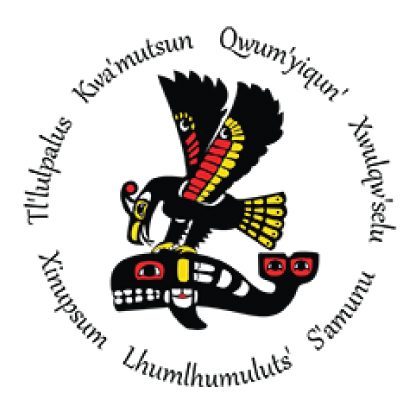
Cowichan Tribes
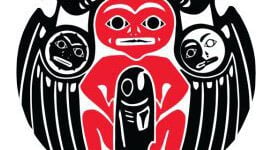
Halalt First Nation
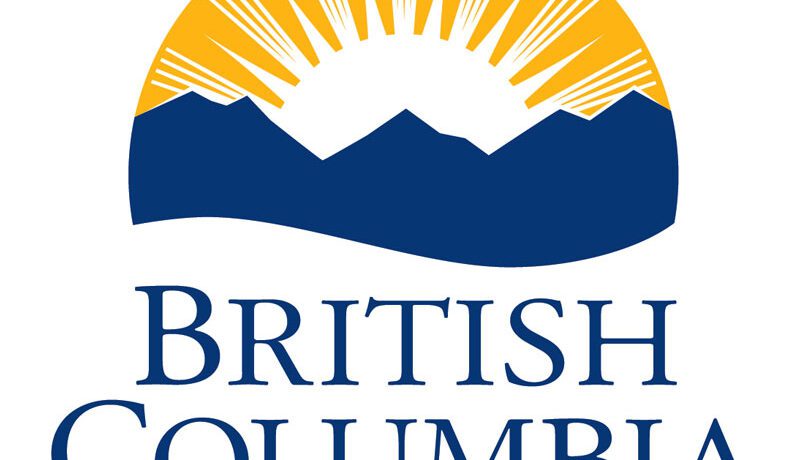
Province of British Columbia
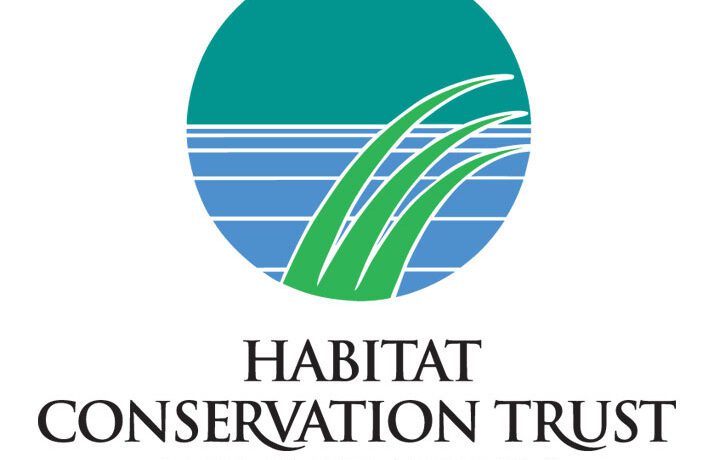
Habitat Conservation Trust Foundation
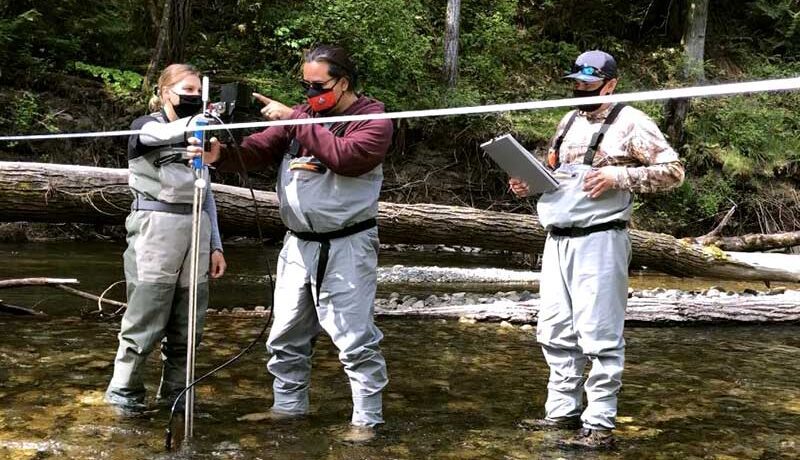
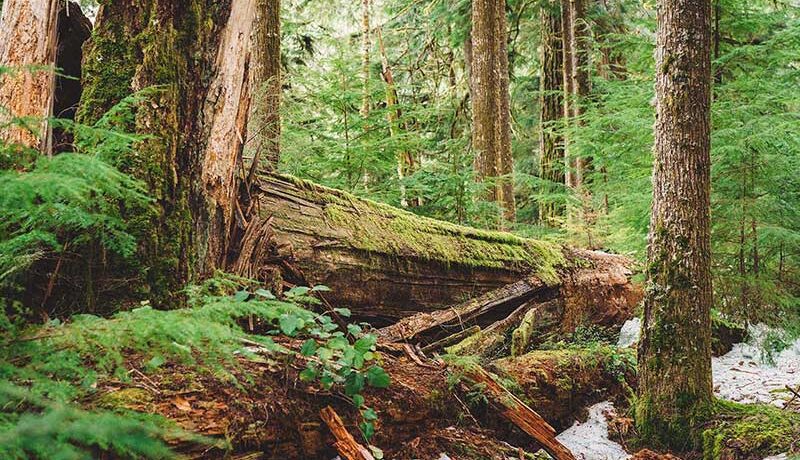
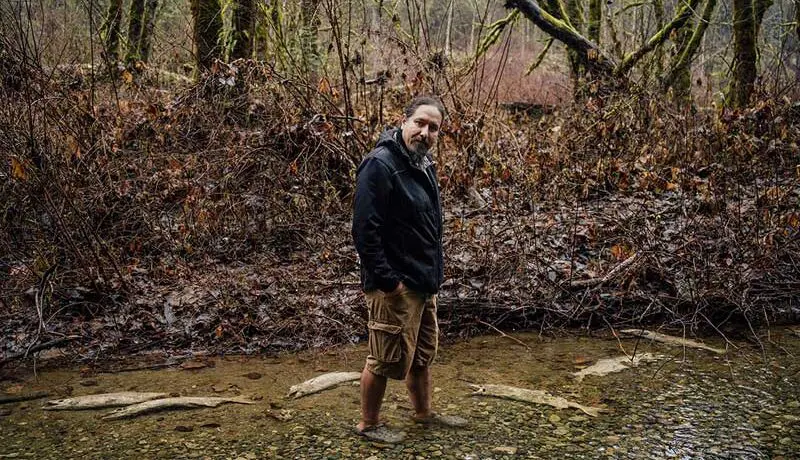
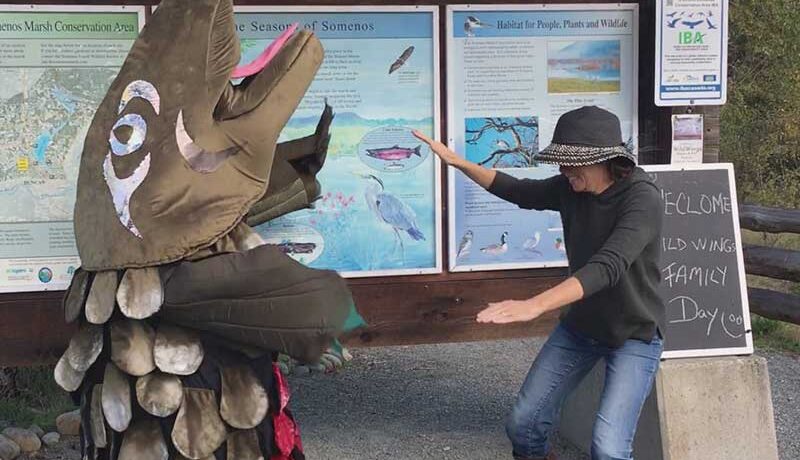















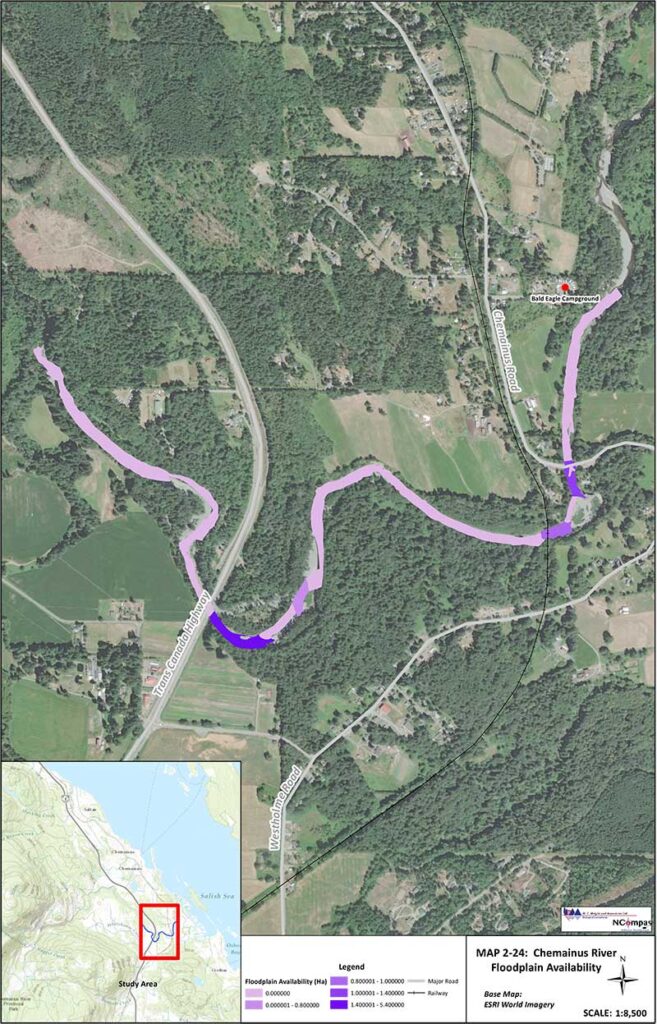
















 Email
Email